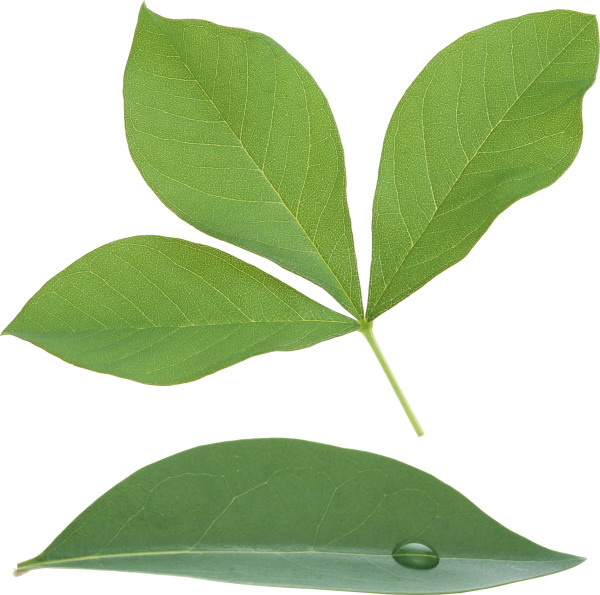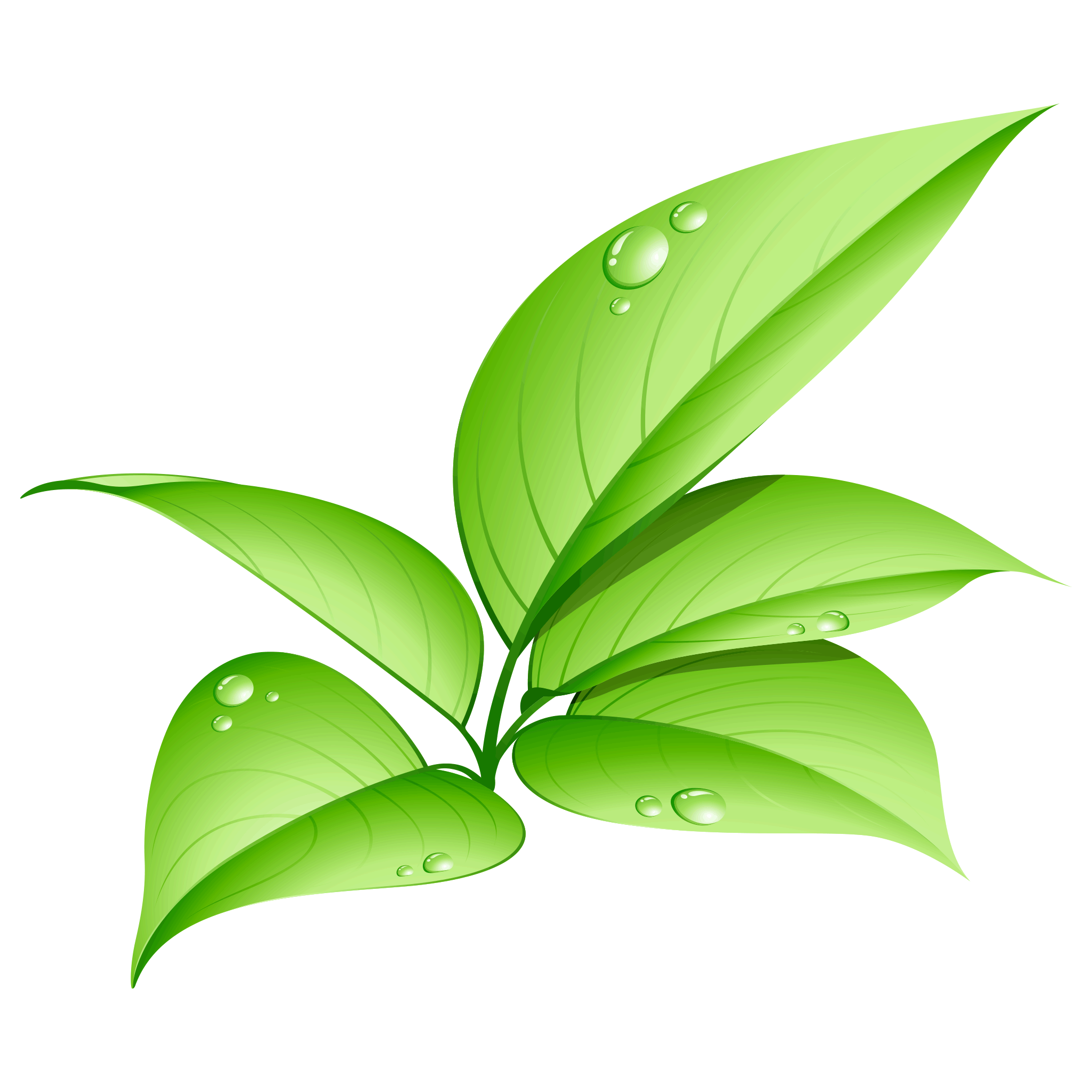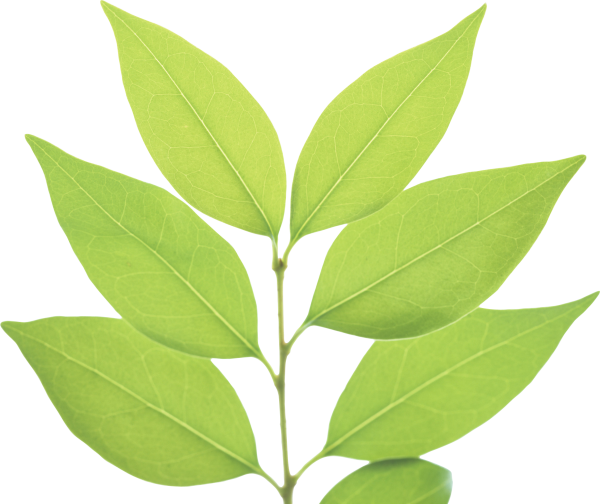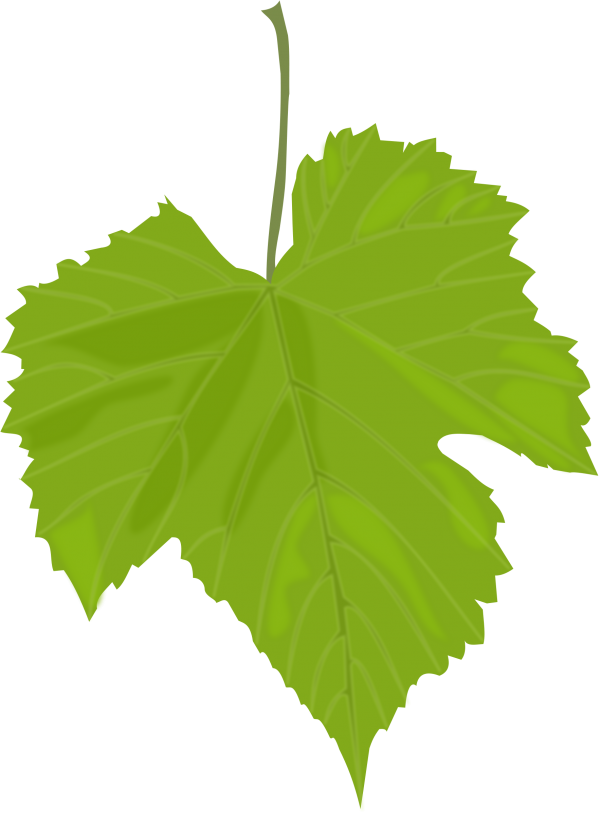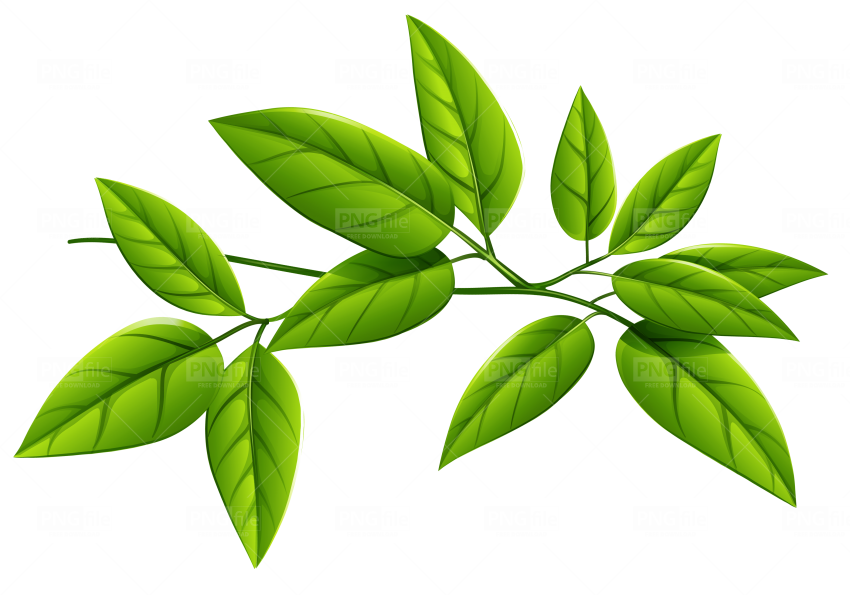Download top and best high-quality free Green Leaf PNG Transparent Images backgrounds available in various sizes. To view the full PNG size resolution click on any of the below image thumbnail.
License Info: Creative Commons 4.0 BY-NC
Green Leaf is a common term used to refer to the leaves of plants that come in a variety of shades of green. These leaves are an essential part of the plant as they help to absorb sunlight and facilitate the process of photosynthesis, which is vital for plant growth and survival. Green leaves are found in different types of plants, including trees, shrubs, and herbs, and have different shapes and sizes, depending on the species of the plant.
The Importance of Green Leaves
Green leaves play a significant role in the ecological balance of the planet. They help to absorb carbon dioxide from the atmosphere, which is a primary greenhouse gas that contributes to global warming. Through photosynthesis, green leaves release oxygen, which is critical to animal and human life. Oxygen is necessary for breathing and is essential for the functioning of the body at the cellular level.
In addition to regulating the balance of gases in the atmosphere, green leaves provide habitats and food sources for wildlife and humans. Many plant species are used in traditional medicine to treat various ailments and boost the immune system. Green leaves are also used in culinary applications, providing flavor and nutrition to a wide array of dishes.
The Different Types of Green Leaves
There are thousands of plant species, each with unique green leaves that vary in shape, size, and texture. Here are some of the most common types of green leaves:
- Needle-like leaves: These are long, narrow, and pointed leaves found in coniferous trees such as pines, spruces, and firs.
- Broad, flat leaves: These are wide and flat leaves that are usually larger in size. Some common examples include maple, oak, and sycamore leaves.
- Palmate leaves: These are leaves that look like the palm of a hand, with several lobes radiating from a central point. These are found in plants such as the sweetgum tree and Japanese maple tree.
- Pinnate leaves: These are leaves that have a feather-like appearance, with several small leaflets attached to a central stem. Examples of pinnate leaves include ferns and acacia trees.
- Spatulate leaves: These are leaves that are shaped like a spatula, with a broad tip and a narrow base. These are found in plants such as the succulent Sedum and some types of orchids.
- Scale-like leaves: These are small, flat leaves that are closely packed together, almost like roof shingles. These are found in plants such as junipers and cypress trees.
The Colors of Green Leaves
Green leaves come in a spectrum of shades, from light lime green to dark emerald green. The color of a leaf is due to the pigments present in the chloroplasts located within the leaf cells. The most common pigment is chlorophyll, which is responsible for the majority of the green color seen in leaves. However, leaves can also contain other pigments, such as carotenoids and anthocyanins, which can give leaves a reddish or yellowish hue.
Caring for Green Leaves
Proper care of green leaves is critical for ensuring plant health and longevity. Leaves should be kept clean and free from debris, as dirt and grime can inhibit the process of photosynthesis. It is also essential to water plants adequately, as under-watering or over-watering can lead to leaf damage or death. Additionally, it is important to ensure that plants receive adequate sunlight, as this is essential for photosynthesis to occur.
Finally, it is important to note that green leaves are susceptible to damage from pests, diseases, and environmental stressors. It is important to monitor plants regularly for signs of damage, such as discoloration or wilting, and take appropriate measures to address the issue promptly.
Green leaves are a critical component of the planet’s ecosystem and play a significant role in maintaining the balance of gases in the atmosphere. They provide habitats and food sources for wildlife and humans and are essential in the production of oxygen, which is necessary for life. With thousands of different types of green leaves, each with unique shapes, sizes, and colors, there is always something new to discover about these fascinating plant structures. By caring for green leaves properly, we can ensure their health and longevity, while also enjoying the many benefits they provide.
Download Green Leaf PNG images transparent gallery
- Green Leaf PNG Pic
Resolution: 719 × 768
Size: 39 KB
Image Format: .png
Download
- Green Leaf PNG Picture
Resolution: 600 × 595
Size: 416 KB
Image Format: .png
Download
- Green Leaf PNG
Resolution: 512 × 512
Size: 22 KB
Image Format: .png
Download
- Green Leaf Transparent
Resolution: 1885 × 2257
Size: 182 KB
Image Format: .png
Download
- Green Leaf
Resolution: 1200 × 1397
Size: 41 KB
Image Format: .png
Download
- Green Leaf Background PNG
Resolution: 2048 × 2048
Size: 178 KB
Image Format: .png
Download
- Green Leaf No Background
Resolution: 352 × 512
Size: 5 KB
Image Format: .png
Download
- Green Leaf PNG Background
Resolution: 800 × 566
Size: 105 KB
Image Format: .png
Download
- Green Leaf PNG Clipart
Resolution: 300 × 246
Size: 8 KB
Image Format: .png
Download
- Green Leaf PNG Cutout
Resolution: 1280 × 1169
Size: 148 KB
Image Format: .png
Download
- Green Leaf PNG File
Resolution: 2560 × 1929
Size: 105 KB
Image Format: .png
Download
- Green Leaf PNG Free Image
Resolution: 1200 × 1300
Size: 38 KB
Image Format: .png
Download
- Green Leaf PNG HD Image
Resolution: 360 × 360
Size: 125 KB
Image Format: .png
Download
- Green Leaf PNG Image File
Resolution: 600 × 504
Size: 288 KB
Image Format: .png
Download
- Green Leaf PNG Image HD
Resolution: 600 × 814
Size: 218 KB
Image Format: .png
Download
- Green Leaf PNG Image
Resolution: 1122 × 744
Size: 140 KB
Image Format: .png
Download
- Green Leaf PNG Images HD
Resolution: 1280 × 640
Size: 137 KB
Image Format: .png
Download
- Green Leaf PNG Images
Resolution: 1624 × 1920
Size: 50 KB
Image Format: .png
Download
- Green Leaf PNG Photo
Resolution: 2427 × 2656
Size: 141 KB
Image Format: .png
Download
- Green Leaf PNG Photos
Resolution: 850 × 595
Size: 279 KB
Image Format: .png
Download

